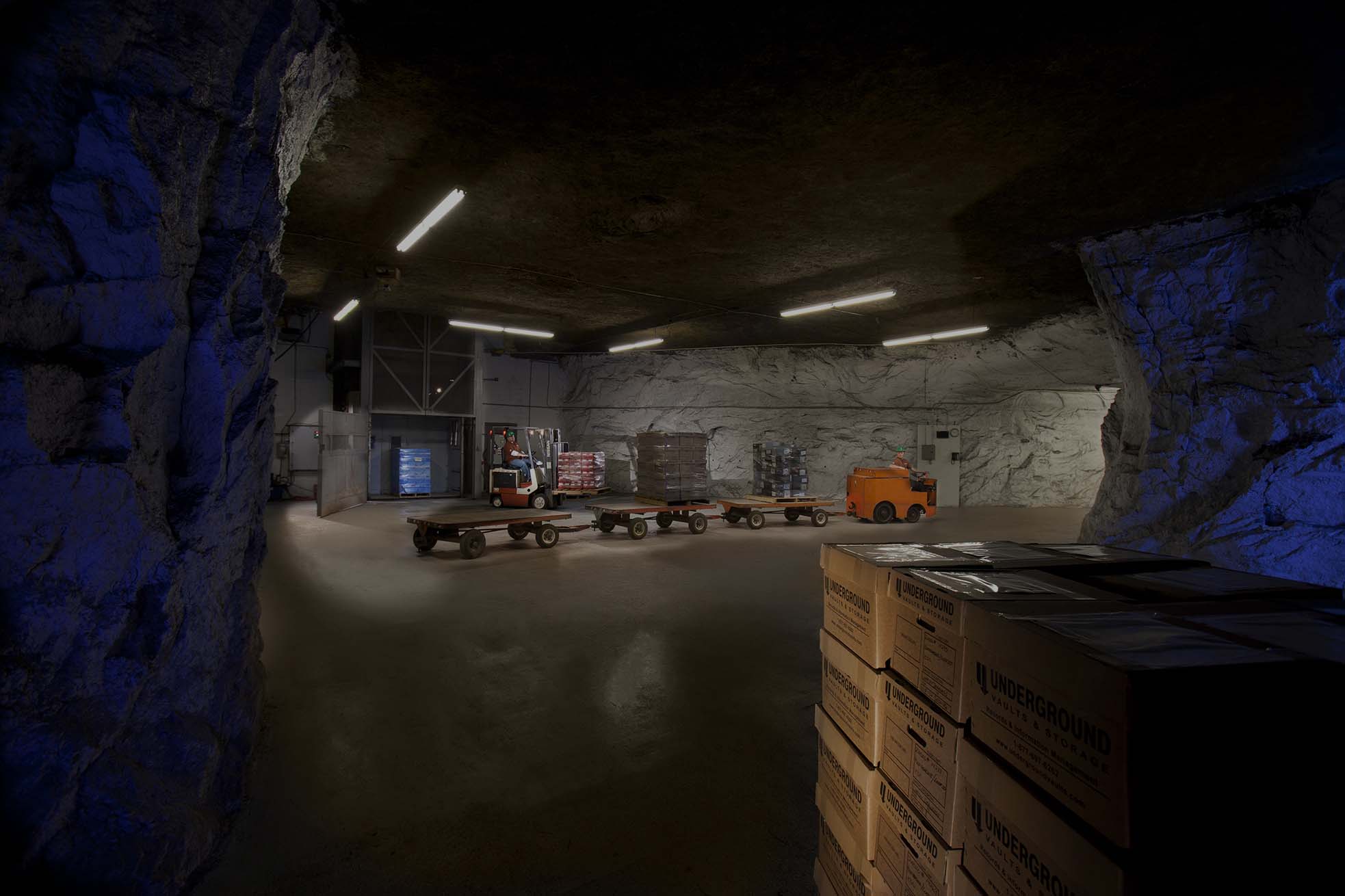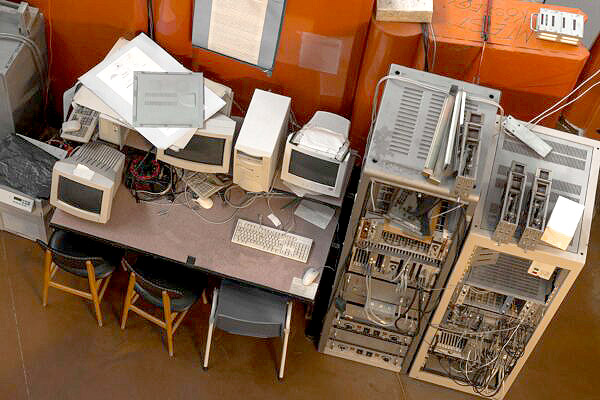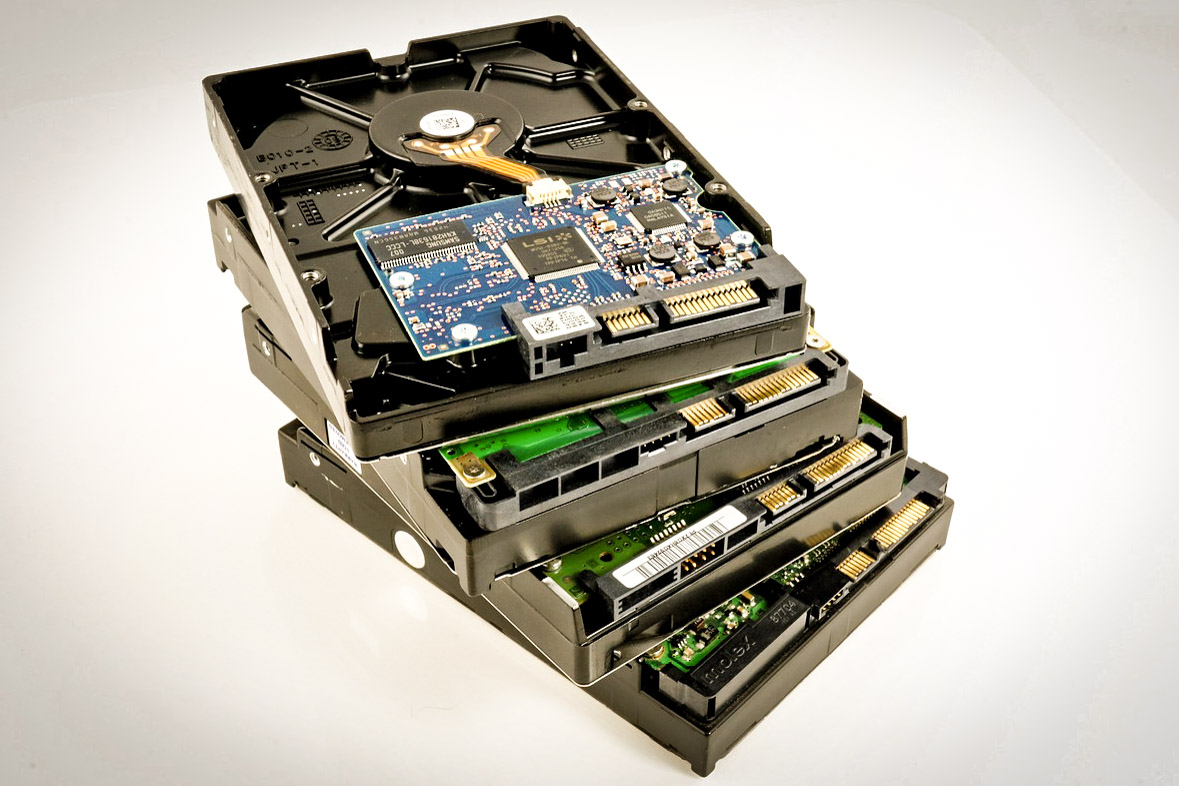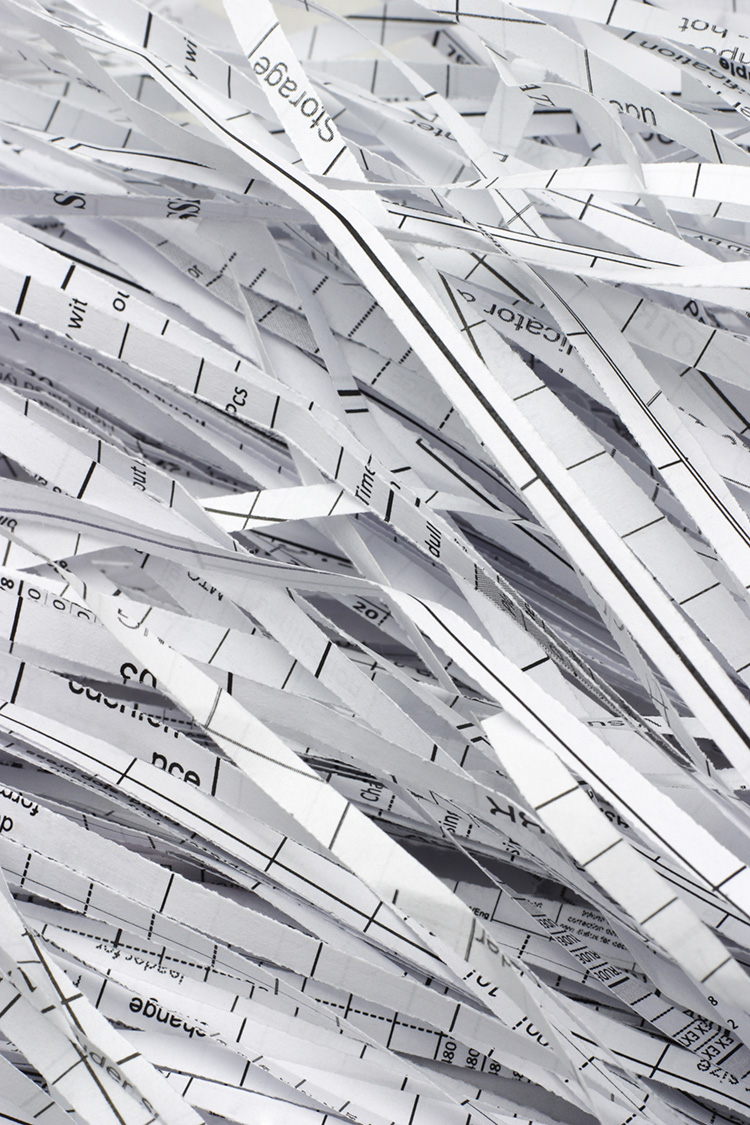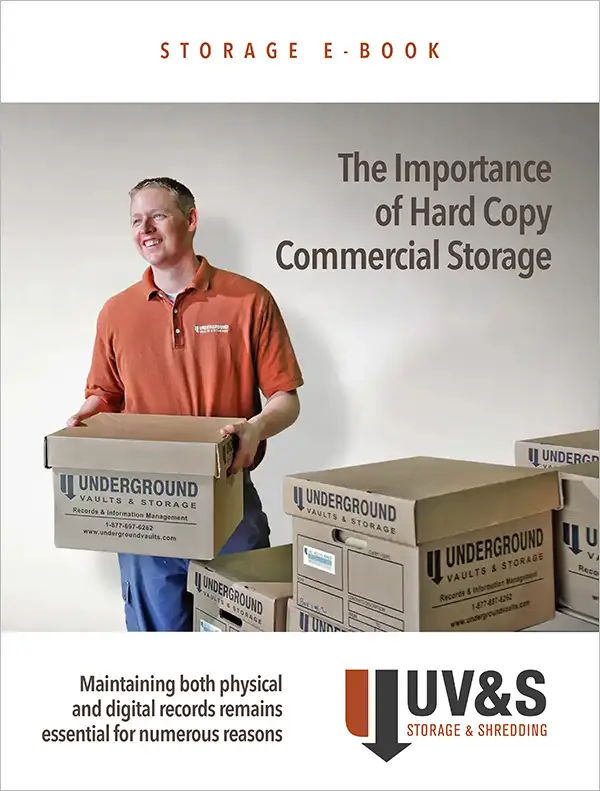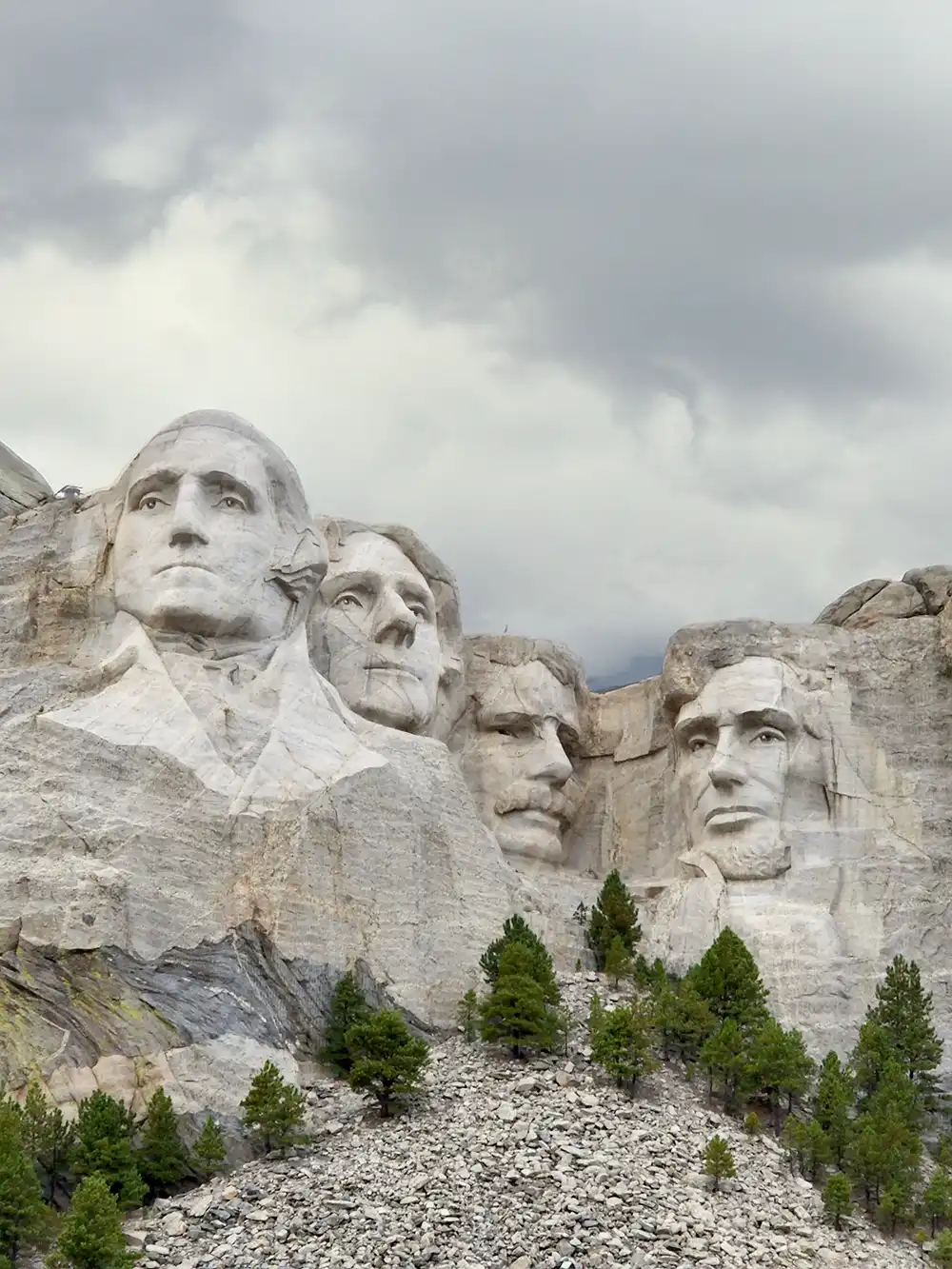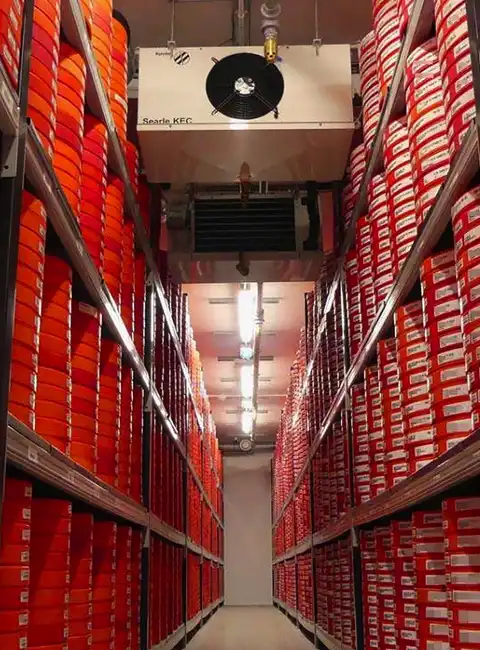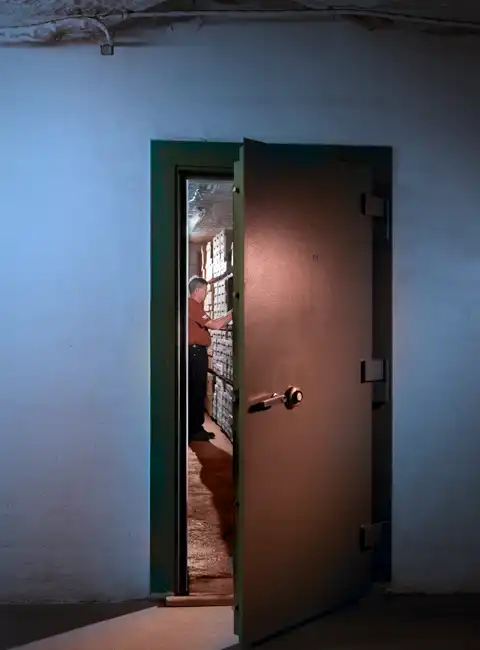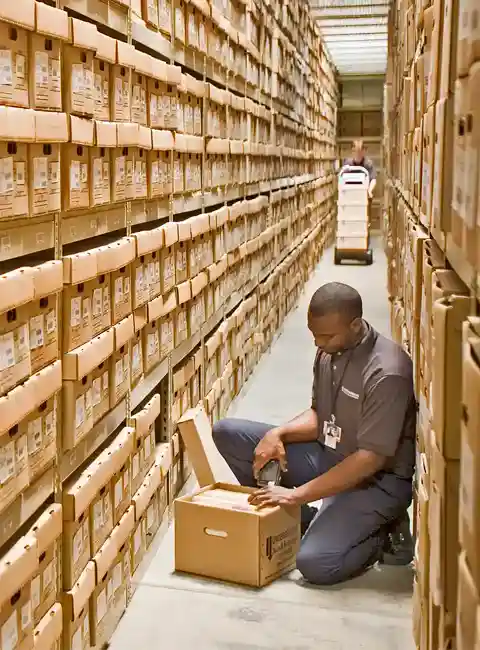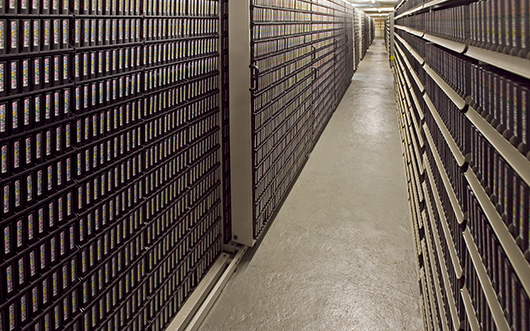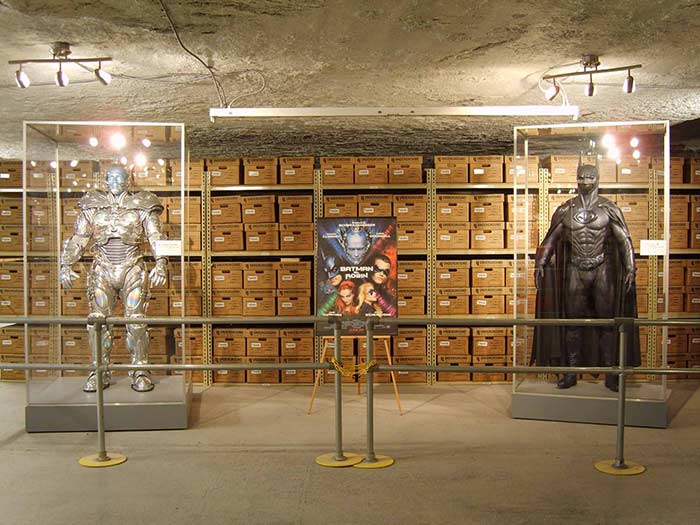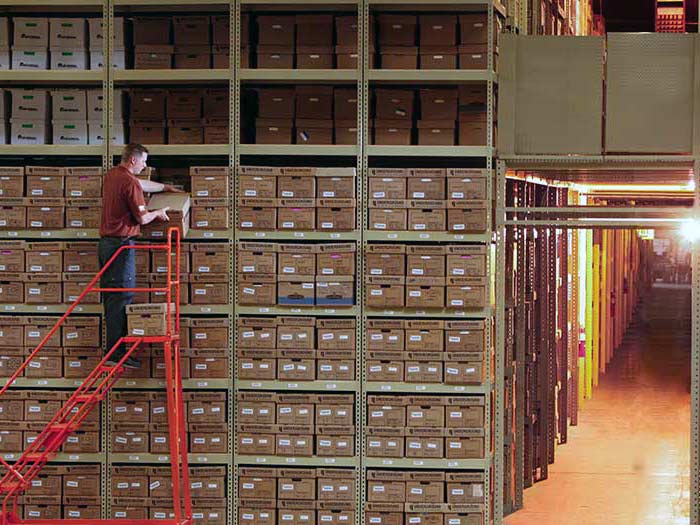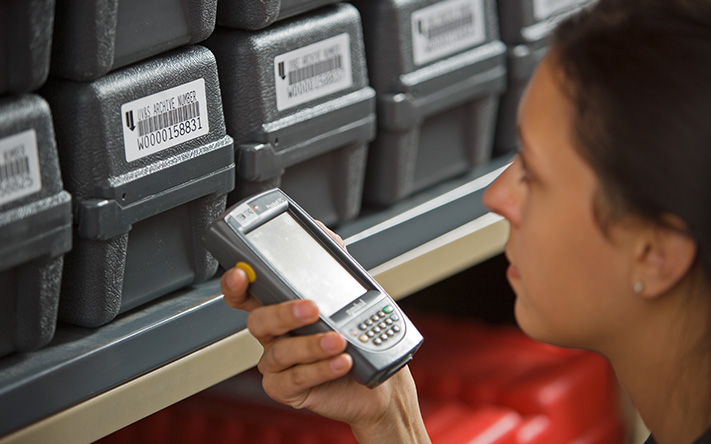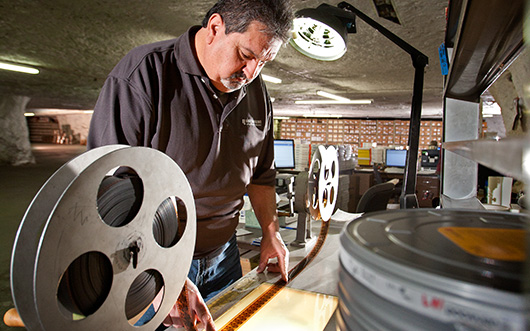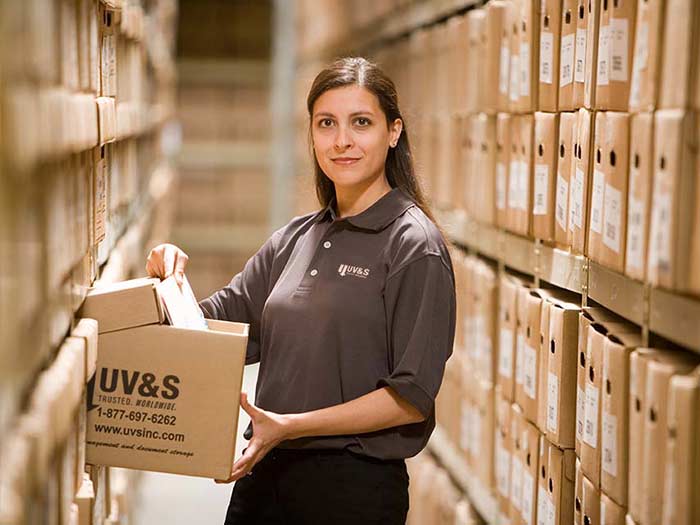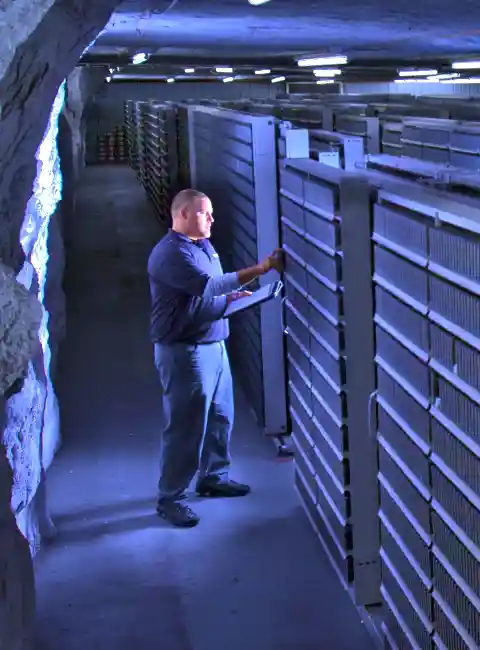SEISMIC DATA STORAGE
DEFINITION:
Seismic survey is one of the most essential components of successful oil and gas exploration. Data gathered through seismic survey allows geoscientists to visualize the subsurface of the earth using waves of sound to “map” geologic structures. This data helps to determine the location of oil and gas reservoirs. (1)
COMMONLY USED TERMS:
seismographs, seismic waves, seismology, geophysical data, seismic zones
WHY IS SEISMIC DATA IMPORTANT?:
When well designed and executed, seismic technology is one of the most essential components of successful oil and gas exploration. Seismic surveys allow geoscientists to see into the underground layers of the earth using waves of sound to “map” geologic structures and determine the location of oil and gas reservoirs. The seismic data gained aids them in selecting where and where not to spend millions of dollars drilling. (1)
HOW IS SEISMIC DATA CREATED AND RECORDED?
Seismic teams use several methods for releasing waves of sound into the earth. Controlled charges of dynamite or vibrator trucks are used onshore, while airguns are used offshore. To read more about oil exploration, click here.
When a survey of the earth’s substructure takes place onshore, the waves of sound vibrate underground and bounce back to the surface. Here the sound waves are received on a recording device called a geophone. These geophones are placed in a specific pattern across the terrain. Their number and placement pattern is dependent upon the design, cost, and size of the survey.
When the survey takes place offshore, a receiving device called a “hydrophone” is used to capture the waves of sound. Ship crews lay out and pull long strings called “streamers” of these hydrophones behind their vessel along with the airguns that generate the sound waves.
As waves of sound vibrate into the geophone or the hydrophone, they are recorded on magnetic tape. When these waves are printed, the sound patterns appear as “traces” of the subsurface. Each individual wavelet’s path reveals a specific contour of the geologic structure.
The pattern of these wave generators and their recording devices can create many complexities of scientific data. Examples are as follows:
2D (Two Dimensional Seismic Data) is performed using a single shot-line of data and it represents the intersection of two axes, one horizontal and one vertical.
3D (Three Dimensional) surveys involve shooting and recording an additional horizontal axis, creating the perception of depth and providing additional data points for a potentially more accurate geophysical survey. 3D has made 2D somewhat obsolete. However, oil and gas companies will often use the less expensive 2D survey to identify a possible hydrocarbon reservoir. They will then focus the more expensive 3D seismic in a strategic grid of that area. Exploration teams can also reference existing archives of 2D seismic data before beginning 3D surveys in order to design a more effective and cost efficient shoot.
4D Seismic Technology, which is made of 3D readings of the same location over time, shows the patterns of movement for subsurface hydrocarbons which allows businesses to plan their future drilling activities.
4C (Four Component) technology is a more sophisticated form of seismic technology. These surveys measure sound waves both horizontally and vertically. 4C provides more detail and precise readings. (2)
TYPICAL MEDIA USED FOR STORAGE OF SEISMIC DATA:
For further illustrations, dimensions, and specifications, click here to view PC Magazine’s online encyclopedia reference.
- QIC Tape
- SLR Data Cartridges
- DAT 4mm Tape
- Exabyte 8mm Tape
- AIT 8mm Tape
- SAIT 1/2 Tape
- DLT/SDLT Tape
- IBM 3480
- IBM 3490
- IBM 3590 (Magstar)
- IBM Magstar MP
- Ultrium – LTO
- Redwood
- DV / MiniDV
- DST Cassette
- DTF Cassette
- DIR Cassette
- Open Reel Tape 1/2″
- Pereos Tape (3)
Underground Vaults & Storage provides secure storage and handling of oil and gas records, geological maps, core samples, well logs, support data, blueprints, business records, and books. For more information, click here.
TRANSPORTATION GUIDELINES:
Poor handling of magnetic media can lead to damage and data loss. Different media and manufacturers may have different transportation guidelines.
- Do not carry loose cartridges in a box or tray.
- Carefully inspect dropped cartridges before use.
- Avoid moisture and direct sunlight.
- Avoid stray magnetic fields greater than 100 oersteds, such as those near high voltage cables and power supplies.
- Transport with the tape reel in vertical position (like a book on end in a bookcase). They can be laid on their side, but only temporarily.
TO SHIP A CARTRIDGE:
- Seal it in a moisture-proof bag, then ship in a suitable shipping container with plenty of packing material.
- Consider using a container designed for cartridges, such as a Turtle brand container, manufactured by the Perm-A-Store company, contained within an overpack box.
WHEN HAND-TRANSPORTING CARTRIDGES:
- Do not drop the cartridge, as it can damage the outer case, alter alignment of the reel, cause tape to slide, and/or damage the leader block.
- Keep the reel vertical, like a book standing on a bookshelf.
- Avoid temperature extremes – Do not let the tape sit in a hot vehicle for too long.
- Use a container (preferably one designed for containing cartridges, like Turtle brand containers) to secure the cartridge, insulate it from temperature extremes, and protect it from accidental shock.
IDEAL MEDIA VAULT FEATURES:
Proper construction – Walls are supported by foundation, not other walls. Contained within a structure, not a standalone building or portable. No water pipes, natural gas pipes, or sewer pipes within the vault. No water source above the vault.
- Temperature/humidity control – Set to remain within acceptable limits with only minor fluctuations.
- Fire rating – Walls, floor, ceiling, and door are properly fire-rated.
- Access – Locked entrance, with limited authorized access.
- Geographic separation – From your company, from disaster-prone areas, from the elements.
Sources Cited:
(1) “What is Seismic? Technology and Expertise Generating Opportunity,” Seitel, Inc. 15 May 2008
LEARN MORE
(2) Maxwell, Peter (2006). “Winds of Change in Recording Seismic Data,” CSEG Recorder, 2006 Special Edition.
(3) “Magnetic Tape Summary” PCMAG.COM, The Computer Language Company, 15 May 2008.
LEARN MORE
